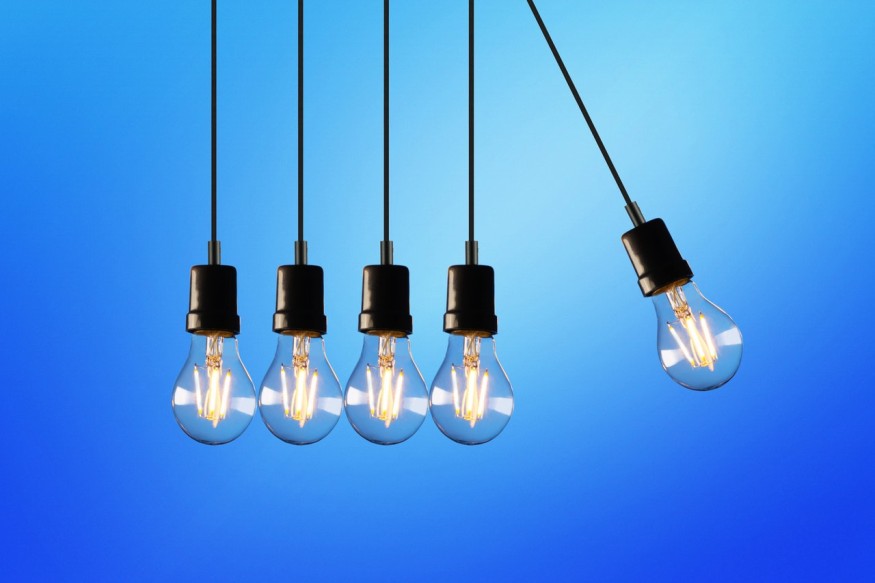
Are your electricity bills becoming higher and higher day by day? If that is the case, the solution to this problem isn't making compromises in your lifestyle or to find more money to pay them. With the advent of technology and innovation, there is more than one way to reduce your power consumption. There is no better day than today to come up with a new strategy to tackle this problem because if you don't do something about it now, you would have to continue making a lot of sacrifices.
Through extensive research of the current market trends, I have complied a list of 6 ambitious ideas. In most cases, the technology is relatively new and might not be practical for everyone. However, if you do take the leap of faith and invest some money on it upfront, you may save a lot of money in the long run. So, without further ado, let's carry on with the list.
Smart Windows
Maintaining the temperature of a building using air conditioners or heaters contribute to most of the power bill. Smart windows are a very efficient way to solve the problem of heat gain and loss through windows. Through the latest technology, these windows can be used to allow or restrict the light to pass. By the use of electric current, the particles of the windows are controlled, and their pattern is used to block or allow light. If you are worried about electricity usage, it would be a relief to know that it takes less power to run 15 of these windows than to run a single lightbulb. This technology is already used in commercial buildings, and most residents are also starting to replace their windows after seeing how effective these prove to be.
Time Switch
A time switch is a simple device used to control any electric switch. For example, if you replace the conventional light bulb switch with a time switch, you can control the time it is used based on the settings. In residential and commercial areas, a time switch is used to regulate the HVAC systems, motors, pumps, or even your home security system. By installing these switches, you can control your electrical equipment to save as much energy as possible.
Insulating Blinds
The easiest and the most readily available technology to use are insulating blinds. They are easy to find, easy to install, and have a very positive impact on your electricity bill. Where traditional blinds are made of a single layer of plastic or fiber, insulating blinds are made up of tube-shaped cells that trap air in between. If you go for these blinds, you won't have to replace your windows as these blinds already block 99% of the heat,
Programmable Thermostat
Most homes have a thermostat installed to control the temperature. A programmable thermostat takes it to the next level as it gives you the benefits of setting different temperatures at different times of the day. As the temperature varies throughout the day with the mornings being comparatively hotter than the nights, these thermostats can be programmed so that they adjust themselves. You can also program them to adjust themselves when you are not home and when you are asleep as you don't need to maintain temperature during these times.
Motion detector lights
Lights are used in a home throughout the day. But that doesn't mean they should be. Where it is not such a big thing to just walk up to your switch to turn off the light, most people still don't do it. To help people save energy, innovators have come up with an efficient solution for this - motion detector lights. These lights guarantee that the light will only stay turned on when you walk into a room and turn off when you are not there. Furthermore, you can get occupancy sensors that can control other electrical equipment such as fans, etc. By turning off the unused electrical equipment, you can save a lot of money on your utility bill.
The Bottom Line
There are a lot of ways to save energy residentially and commercially. Even if you go for one of them, rest assured that you are already saving a lot of money and in turn, also saving the planet. Hopefully, you have learned something from this article and have become more mindful as to how you use resources.
© 2025 ScienceTimes.com All rights reserved. Do not reproduce without permission. The window to the world of Science Times.











